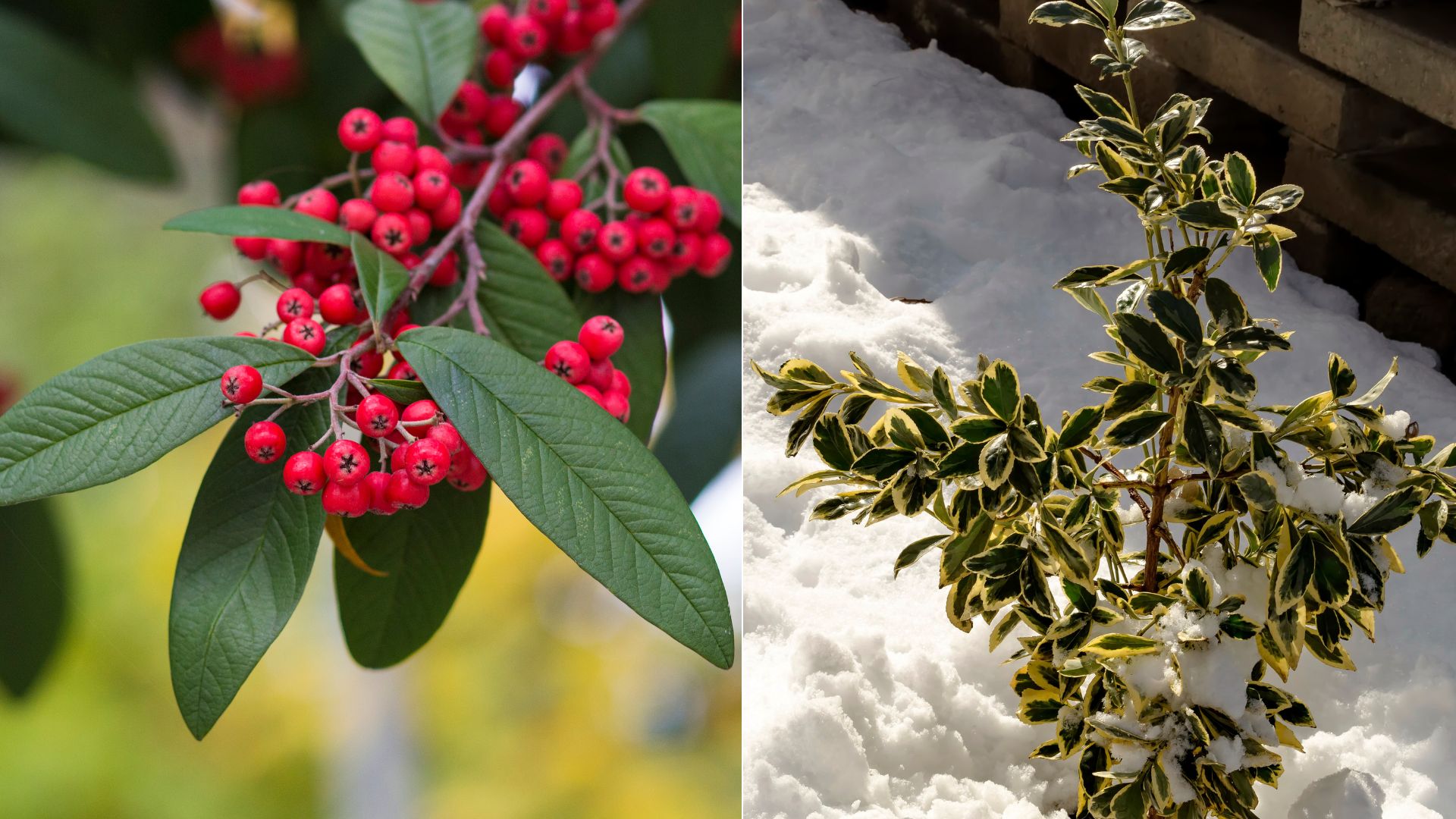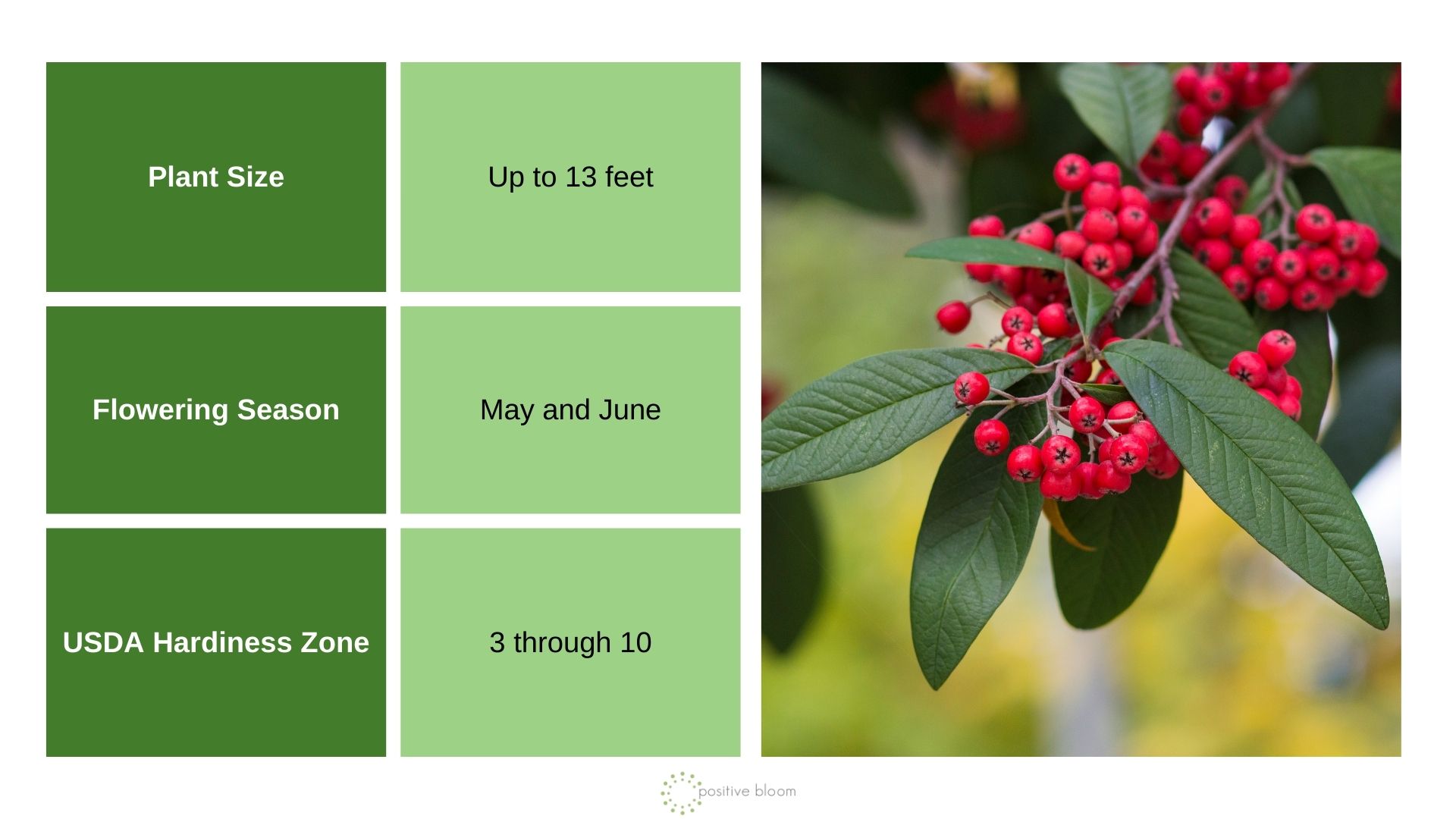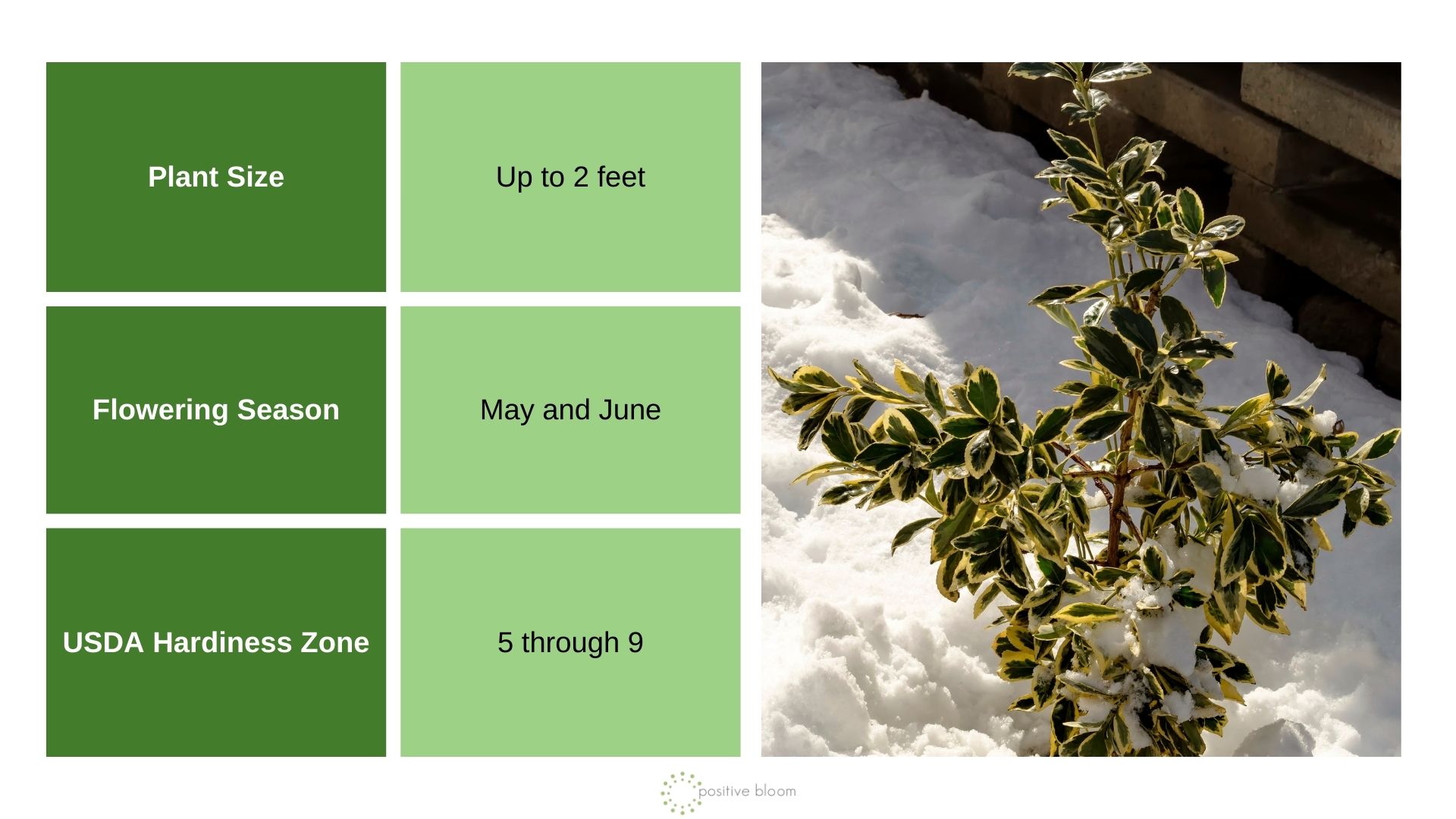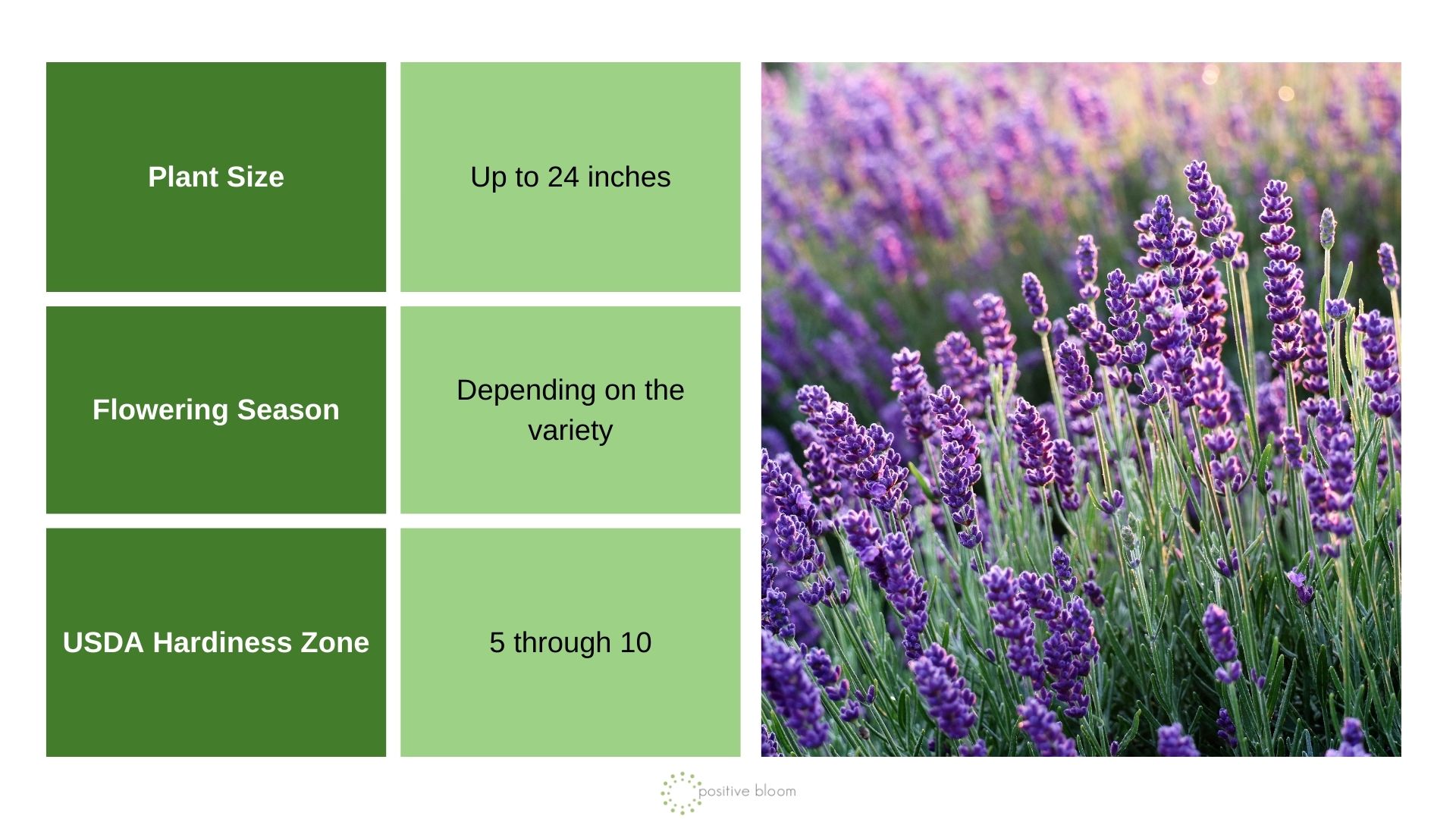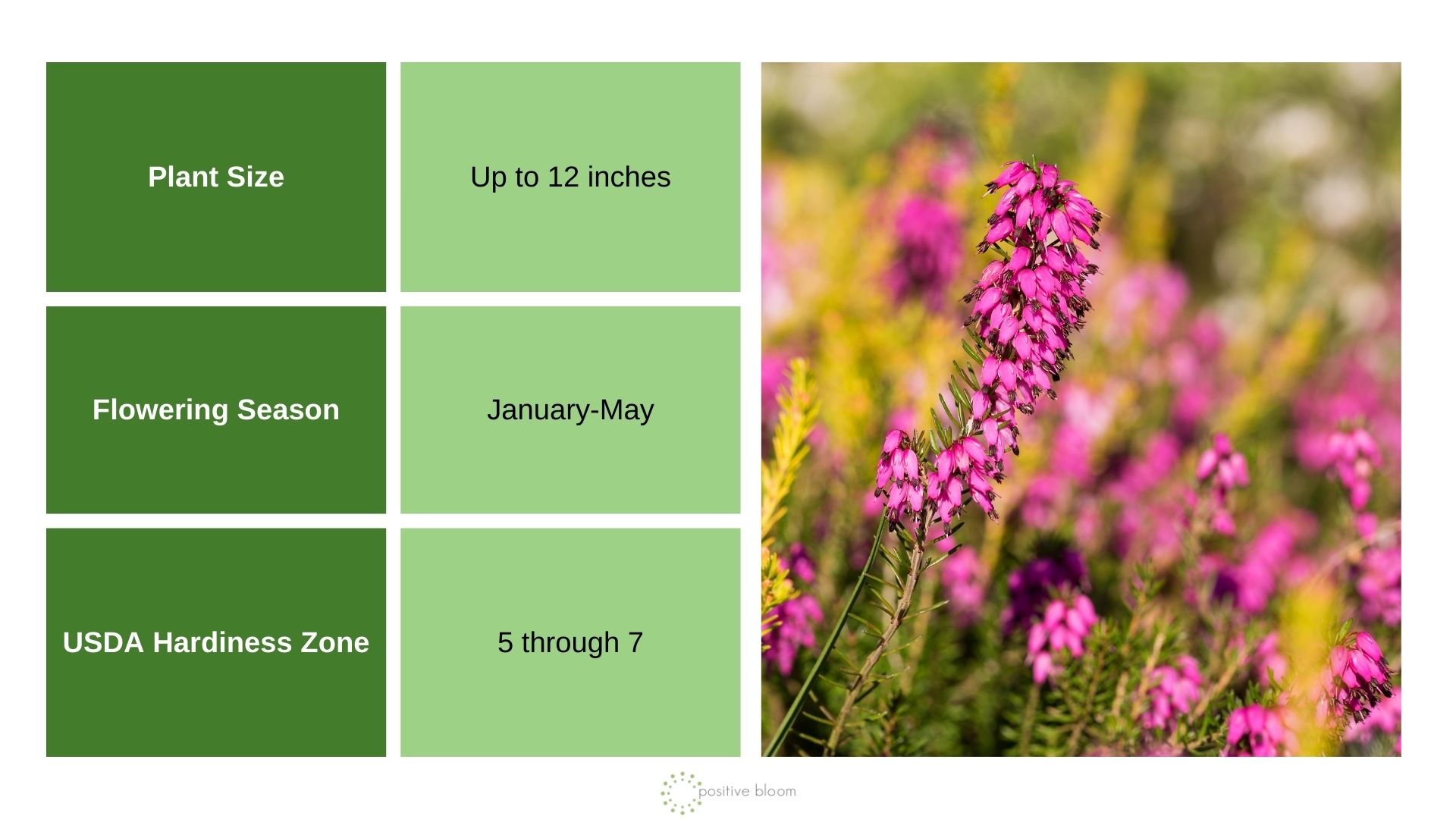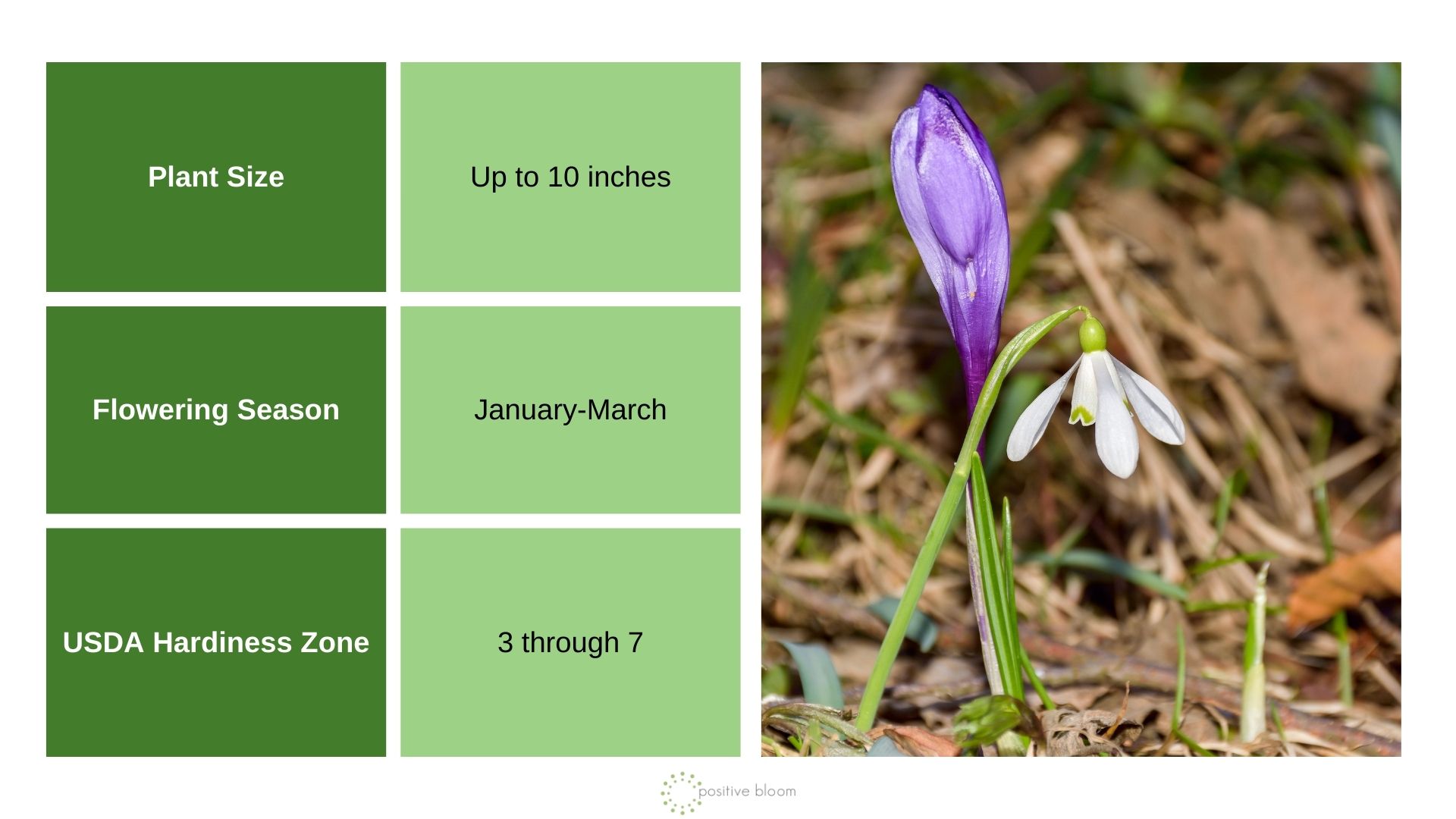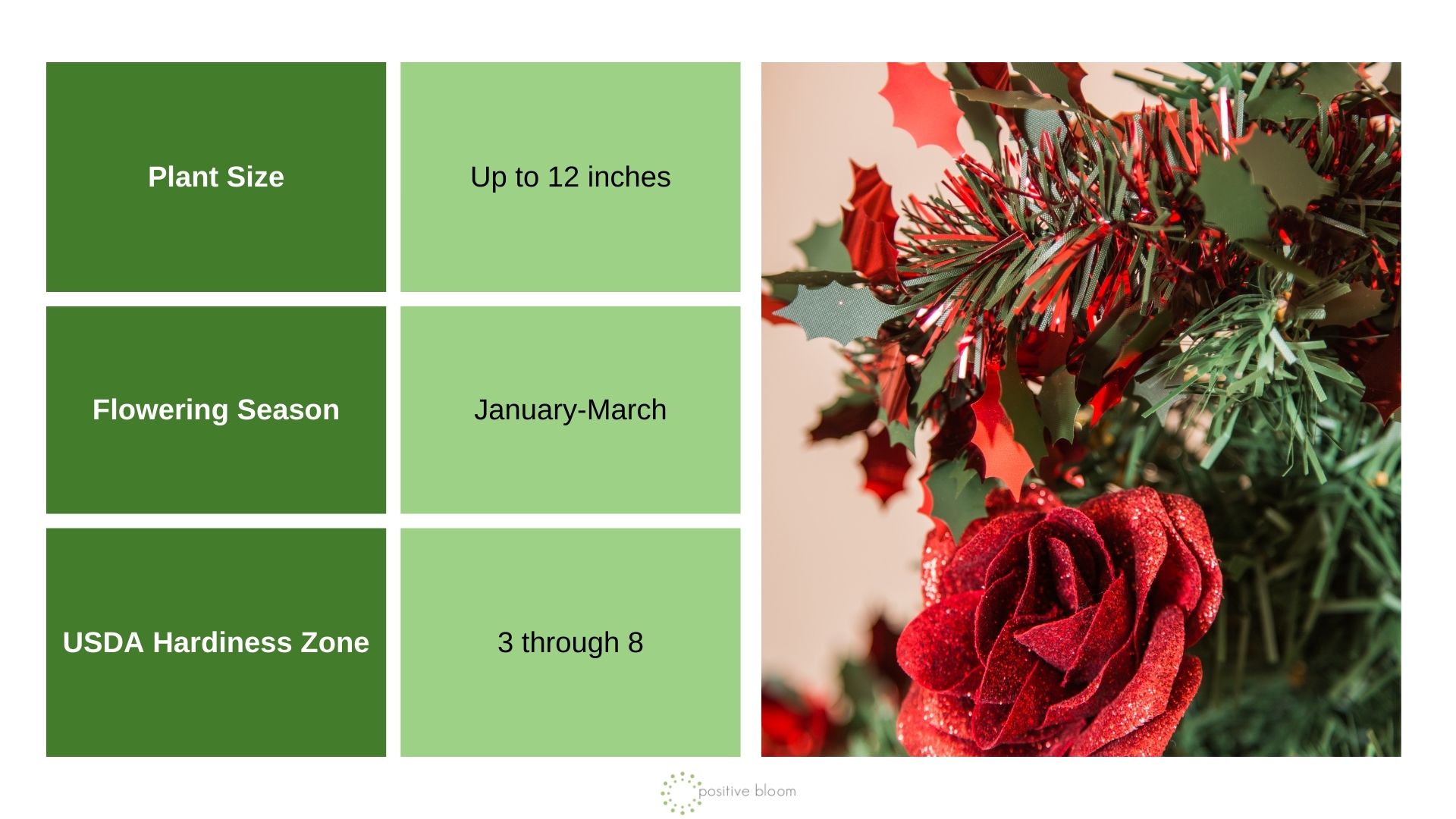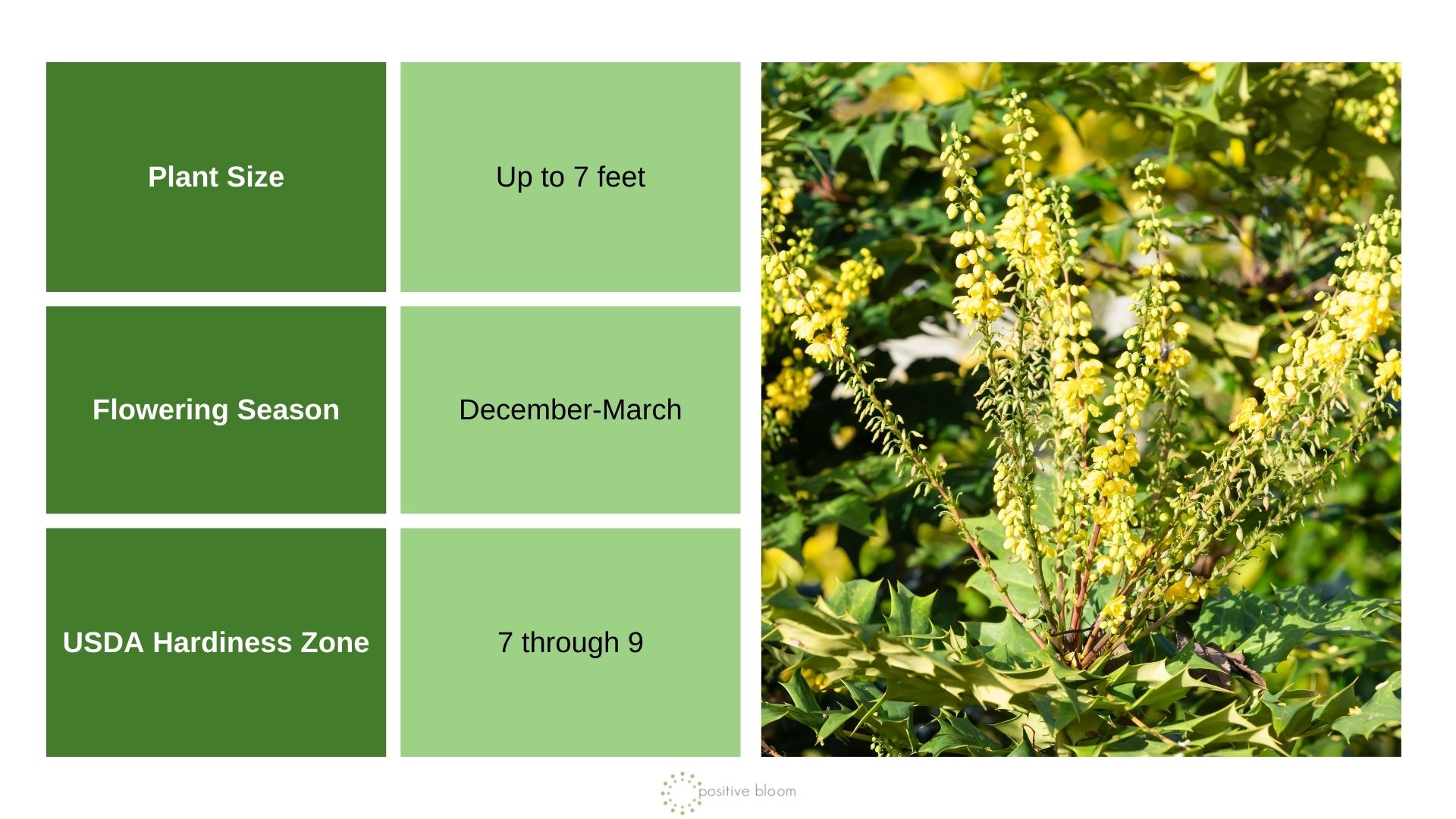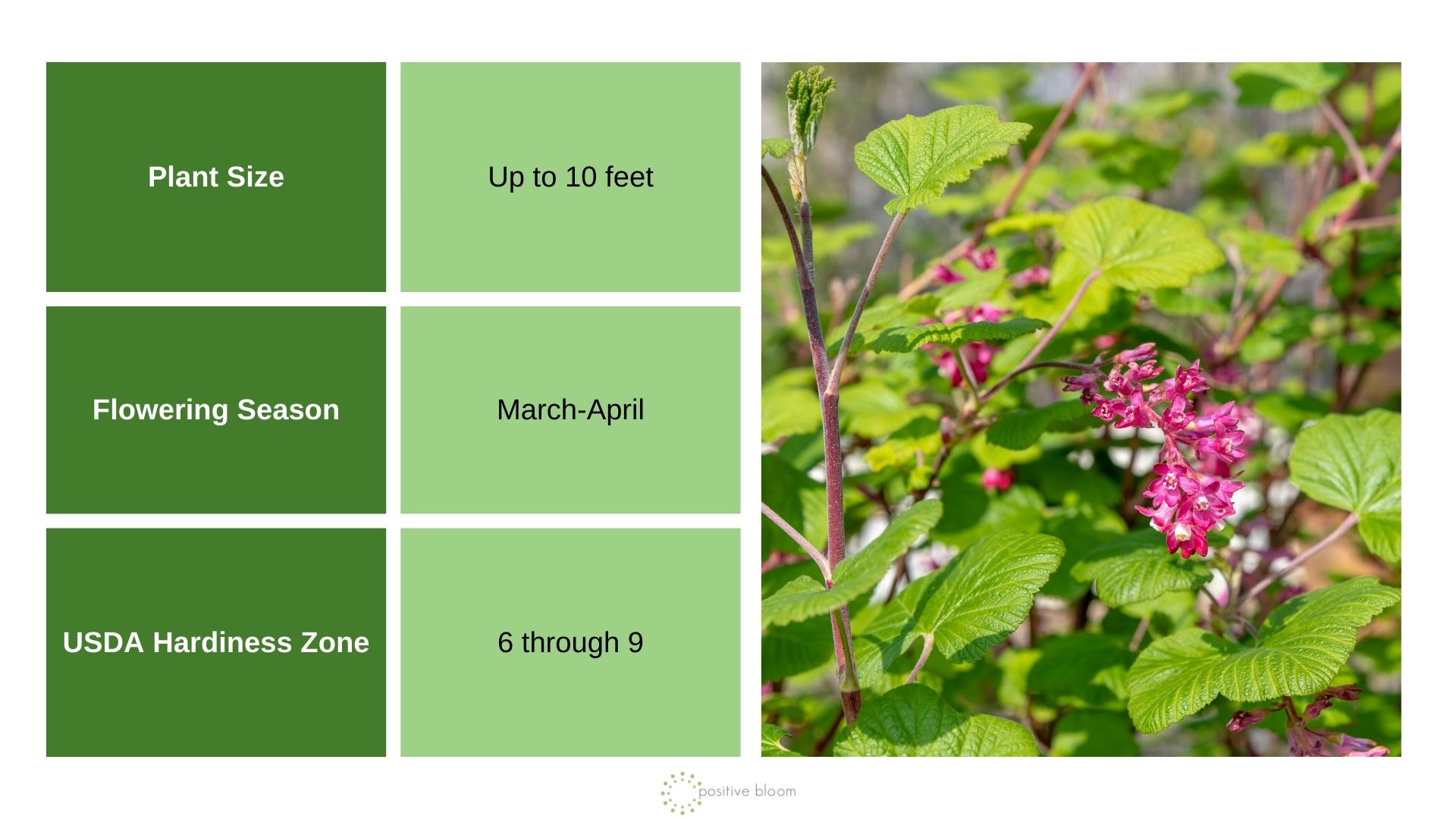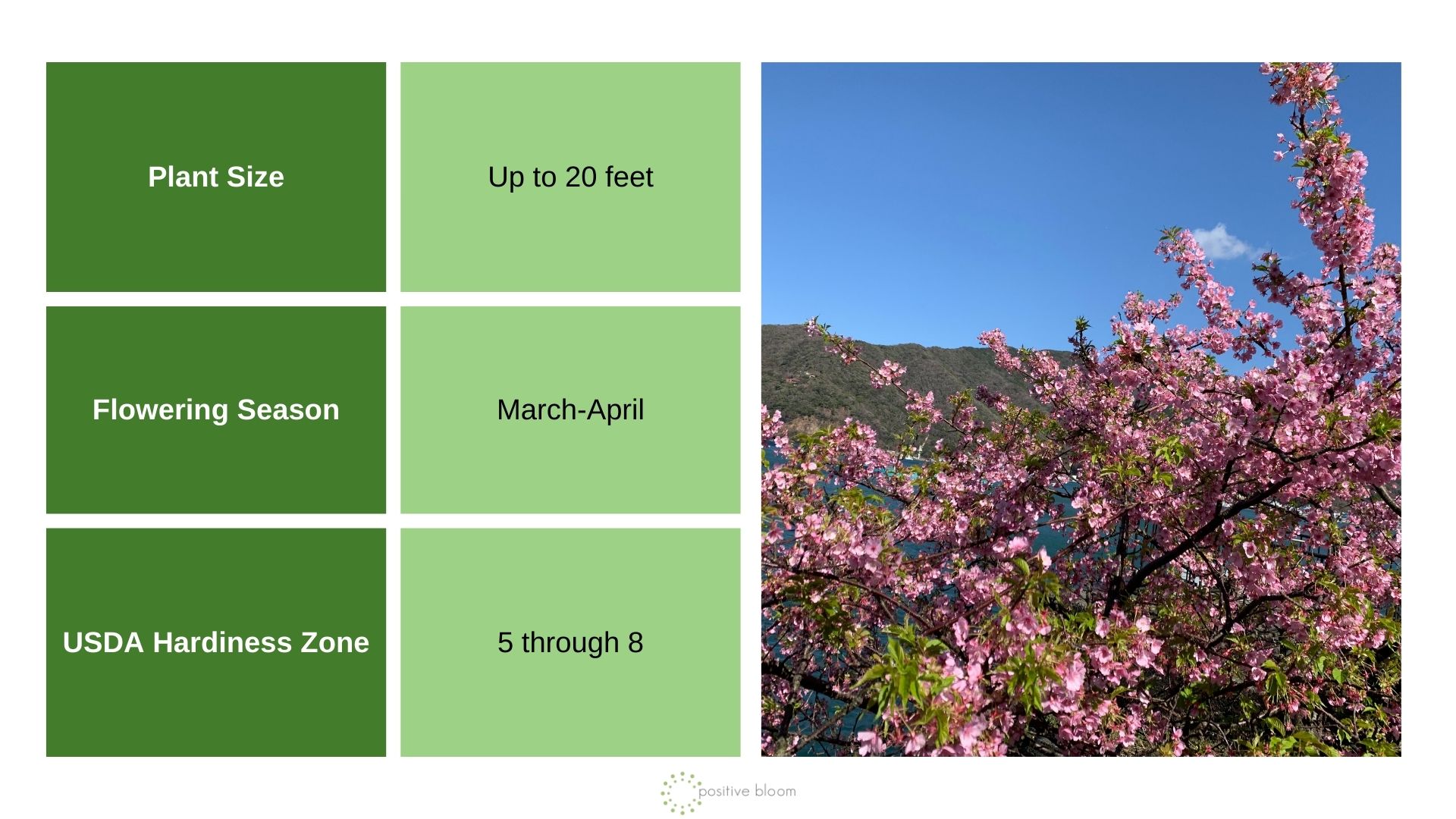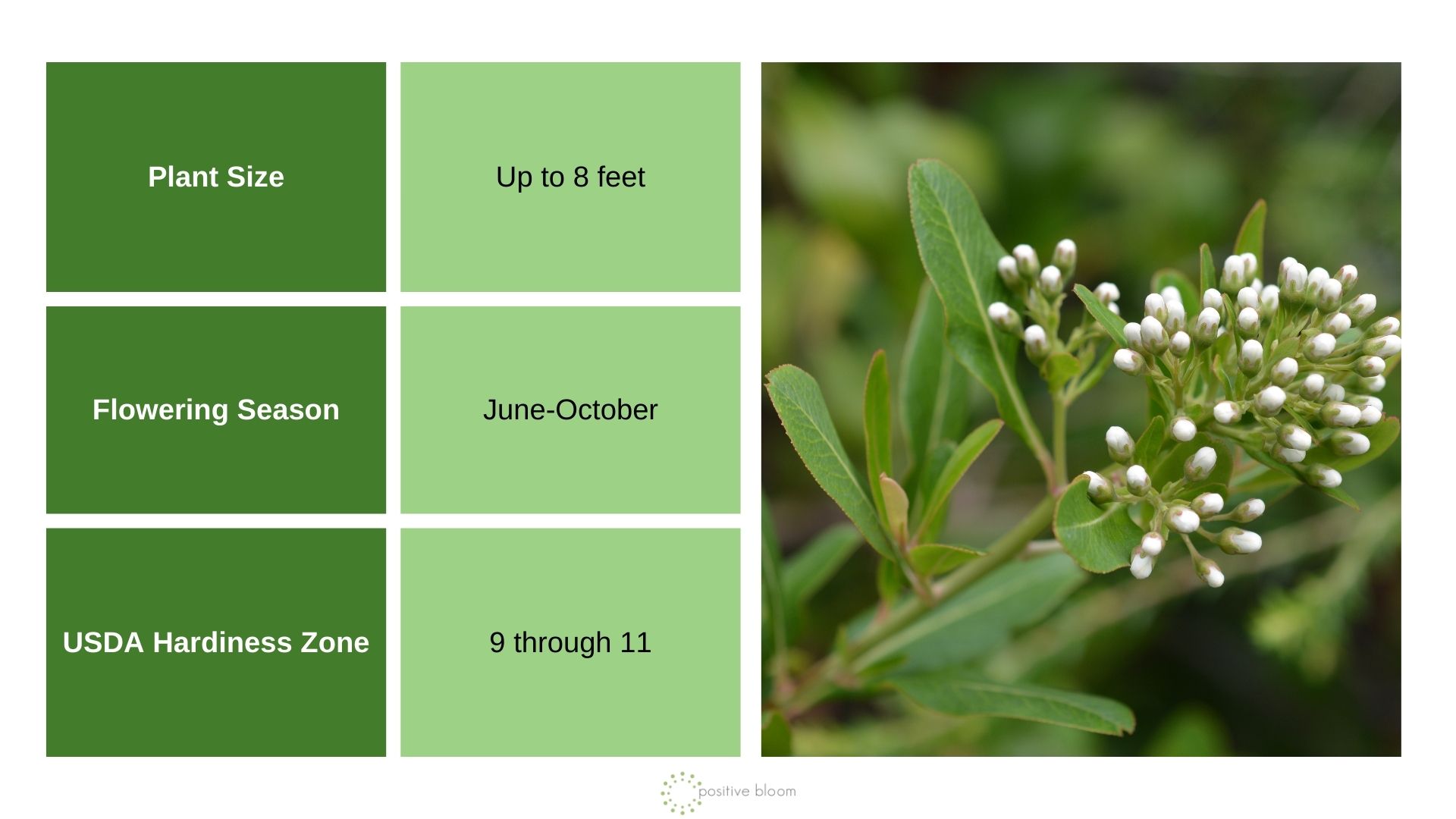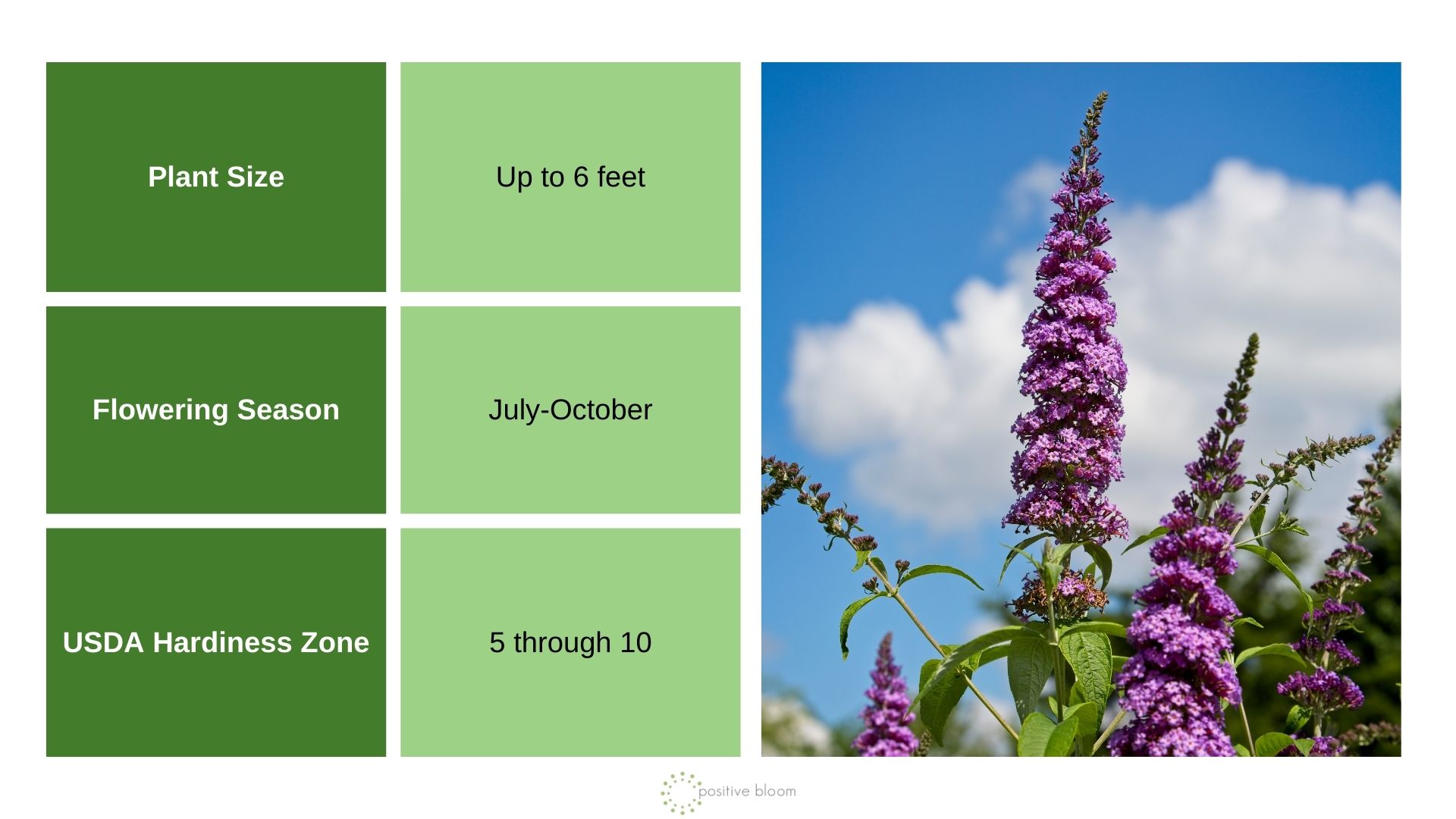The cooler months bring many changes, but for some animals, those changes aren’t really positive. This mainly refers to wildlife because food sources are poor during the winter months.
Things get more complicated during longer periods of harsh weather. Birds, bees, and butterflies need help and we are actually the ones that can do something about it.
The key lies in winter gardening for wildlife. This practice includes growing plant species that produce food and serve as shelter for wildlife.
Flowering plants produce pollen, which is the main source of food for beneficial insects and pollinators. Shrubs and trees with densely packed foliage will keep precious animals warm and safe during the cold winter months.
In this article, I’ll show you which plants work best for wildlife maintenance and also their basic requirements.
Let’s get started!
Flower And Shrubs To Plant Now For Summer Wildlife
We should start planning our pollinator gardens during this period because some plant species prefer cooler soil temperatures to generate robust root systems. They’ll thrive during the summer months and attract various beneficial insects.
There are many plant species to choose from for this purpose; various climbing plants, shrubs, trees, and cover crops will attract pollinators.
Here are my recommendations.
1. Cotoneaster sternianus
Well, the hardest thing to do regarding this plant is pronounce its name! This plant is classified as a shrub and has multiple benefits for our gardens.
First, it generates blossoms during the summer months; they’re full of nectar so bees will certainly have a feast.
Second, sternianus species produce red berries during the fall months, which means a lot of food for birds.
Last but not least, this plant species has densely packed grayish-green foliage which can serve as a shelter for wildlife.
2. Euonymus fortunei
You may not have heard of the Eunoymus fortunei, but maybe “Fortune’s Spindle” rings a bell. The variety that interests us most is the Emerald ’n’ Gold also known as Wintercreep.
The main purpose of planting Wintercreep in our gardens in the fall is to provide birds with shelter and nesting space during the warmer months.
This plant doesn’t exceed 2 feet and generates broad, ovate glossy green foliage. It will fit into every garden design; you can use it for low hedges, as an edging plant, or provide it with support to climb.
However, you should be careful with Wintercreep because it’s considered invasive in some US regions. (1) If unsure, you can plant it in a larger container preferably made of terracotta for better drainage.
3. Lavender
You may have heard that lavender plants do best if planted in spring. However, if you didn’t plant it then, you can do it now and get great results.
There are numerous benefits of this Mediterranean beauty. It adds a unique touch of beauty but also attracts pollinators to our gardens.
Bees and butterflies adore this plant and will certainly visit your garden during the summer months. I highly recommend making a lavender hedge for both beauty and functionality.
Winter Plants For Bee Species
We don’t really link flower beds to the winter months. However, there are some winter flowering shrubs and plants that will ensure nectar for bees.
1. Myretoun Ruby
If you want to add a luxurious touch to your winter garden and ensure food for bees, Myretoun Ruby is the perfect plant for you.
This wonderful species will create a carpet of magenta blossoms during the winter and spring months.
It grows well in both full sun and partial shade and will be happiest if planted in neutral soil.
Once the flowering season ends, you can prune your Myertoun Ruby to encourage new growth.
2. Common Snowdrop
As soon as snowdrop blossoms appear in your garden, you’ll know that the winter will soon end. These splendid plants generate tiny white bell-shaped blossoms that are an excellent food source for various bees.
You can quickly naturalize these plants by planting them in free-draining soil types amended with leaf mold.
You should find a sunny or semi-shady spot for your snowdrop to flourish.
3. Christmas Rose
Roses are, I daresay, the most beautiful garden blossoms and nothing can compare with them. Even though their lush flowers are mainly linked to the warmer months, some species flower in winter.
One example is the spectacular Christmas rose. This Rosaceae member generates elegant white blossoms that will provide bees with nectar during the colder months.
You’ll need to find a semi-shady spot for your Christmas rose and plant it in a free-draining soil type.
Additionally, you’ll need to cut off all the foliage in winter to expose the blossoms and prevent diseases.
4. Winter Sun
If you have a shady garden and would like to add some plants for bees, Winter Sun is the one you should be looking for.
This fascinating shrub features architectural evergreen foliage that will add a special touch of beauty to your winter garden
As an added bonus, Winter Sun generates lovely fragrant yellow blossoms from December through March. This is a pretty long blooming season, which means more food for bees!
Spring Shrubs For Pollinators
Now is also the perfect time to plant species that will produce flowers in springtime. Here are my top picks!
1. Pulborough Scarlet
This plant belongs to the Ribes family aka currants. It’s renowned for its captivating hot pink blossoms that develop into clusters and dangle from the branches.
Pulborough Scarlet is a bushy deciduous shrub that looks amazing as an informal hedge.
If you decide on this plant, make sure to plant it in fast-draining soil and find a sunny spot for an abundance of spring blossoms. Pollinators are really gonna appreciate this!
2. Fuji Cherry
The full name of this plant is Prunus incisa ‘Kojo-no-mai’ and it’s classified as a small tree.
But the size doesn’t prevent this beautiful tree from producing numerous amazing white blooms during the springtime. Hoverflies and bees enjoy feeding on nectar so, with this plant, you’ll hit the jackpot!
Make sure to plant your Fuji cherry in quick-draining soil that retains enough moisture.
Shrubs For Summer Butterflies
Well, don’t think we forgot about our precious butterflies. Here are the best plants for creating a butterfly garden!
1. Cloven Gum Box
Hailing from South America, the cloven gum box is an evergreen shrub that will definitely help you attract some butterflies in summer.
It generates splendid nectar-rich white blossoms in June through October.
I highly recommend planting your cloven gum box in a partially shaded spot, preferably near a house wall.
2. Butterfly Bush
I believe the name says it all! The deep purple blossoms of the butterfly bush appear in summer, so you can expect to see butterflies as soon as the season starts.
The flowers are honey-scented and will attract various butterfly species, such as Red Admirals and Peacocks.
Plant your butterfly bush in a sunny spot and make sure the soil has good drainage. And if you already have this plant in your garden, don’t forget to prune it in March!
That’s it! If you want to create a wildlife haven in your garden in winter and other seasons, now you have the plants that will do the best job!
References
1. winter creeper: Euonymus fortunei (Celastrales: Celastraceae): Invasive Plant Atlas of the United States. (n.d.).

